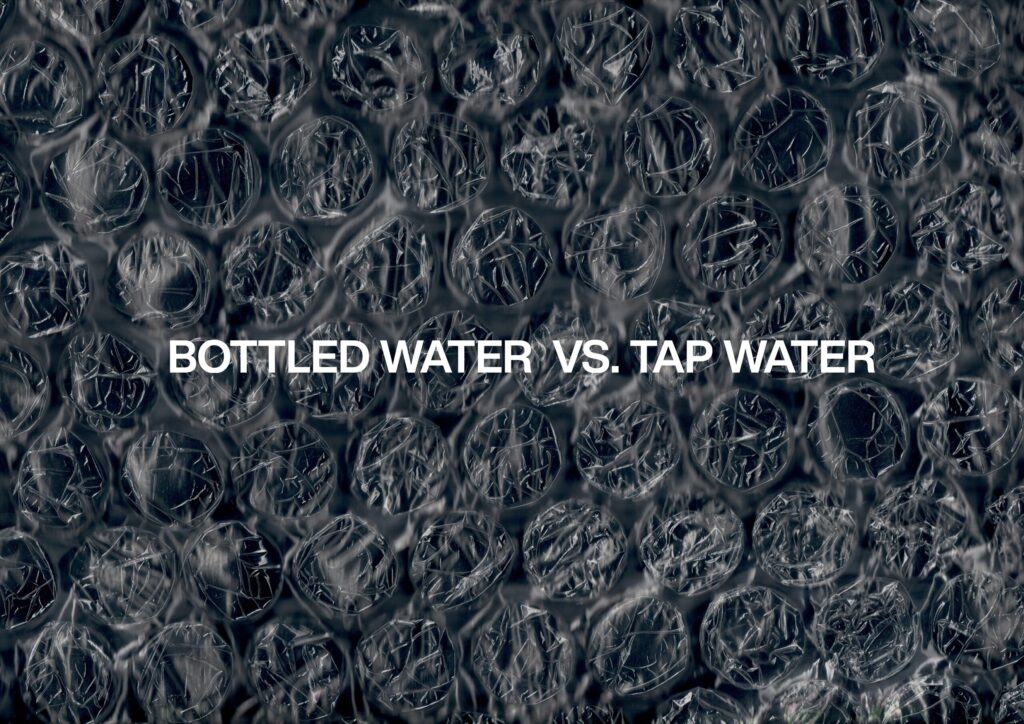The consequences of PFAS contamination

Back in the 1940s, a new group of synthetic chemicals arrived, PFAS. PFAS is a group of chemicals beneficial for various reasons in industries. At the time, PFAS was still a minority, but over the years, the group of chemicals has grown to more than 4700 different PFAS'.
Some of the most well-known PFAS are perfluorooctanoic Acid (PFOA) and Perfluorooctane Sulfonate (PFOS), which have been used for decades. However, many countries have banned them because they are found too toxic and harmful to human health.
One of the most significant issues with PFAS is that the chemicals are "forever chemicals". The chemicals are broken down very slowly and can accumulate in animals, people, and the environment. As a result, PFAS are present in many places you might not know about.
According to the United States Environmental Protection Agency, PFAS can be found in both public and private drinking water, soil and water near waste sites, fire extinguishing foam, food, food packaging, household products and dust, personal care products, fertilizers and places that are manufacturing or producing chemicals to name a few.
Think about your health
PFAS is perhaps not on the top of your agenda, but if your dream is to have children, you should consider how to deal with PFAS. PFAS is shown to decrease fertility and increase blood pressure in pregnant women. Furthermore, a group of Danish PFAS experts has highlighted that PFAS can be transmitted directly from pregnant women to the fetus.
PFAS has also been shown in children, as children are born with low birth weight, accelerated puberty, bone variations, and behavioral changes, according to the United States Environmental Protection Agency.
The United States Centers for Disease Control and Prevention outlines that exposure to PFAS can cause cancer, liver damage, and an increased risk of asthma and thyroid disease.
Elsie Sunderland, associate professor of environmental science and engineering in the Department of Environmental Health at Harvard T.H. Chan School of Public Health, told ProPublica that scientists are only beginning to understand the effects of the 4,700 different types of PFASs.
Protect yourself
The thought of lead, pesticides, bacteria, viruses, PFAS and many more compounds and substances in your drinking water is scary. However, reverse osmosis water purification is the most effective way to protect yourself from the many risks and diseases caused by contaminated water.
Water purification can help remove harmful contaminants and improve the taste, smell, and visual appearance of your drinking water. In addition, it reduces the amount of chlorine, soil residue, and organic and inorganic substances.
At Aquaporin, we are constantly developing new membranes that can remove contaminants from our drinking water, so you can be sure that your next sip of water is as clean as nature intended.





